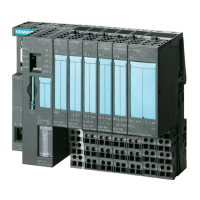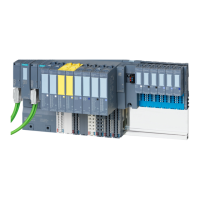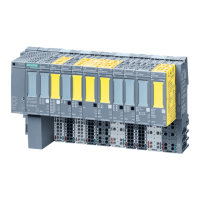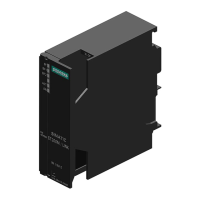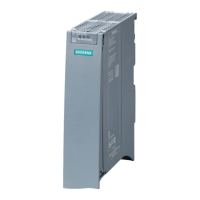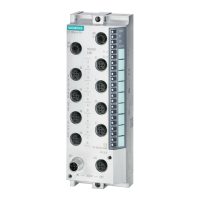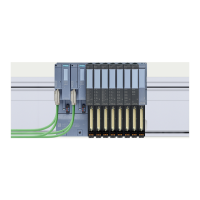Preface
Communication
Function Manual, 11/2019, A5E03735815-AH
5
What's new in the Communication Function Manual, Edition 12/2017 compared to Edition 09/2016
What are the customer benefits?
Where can I find the information?
OPC UA Companion Specifica-
tion
Through OPC UA Companion Specification,
methods can be specified in a uniform and
manufacturer-neutral way. Using these specified
methods, you can easily integrate devices from
various manufacturers into the plant and the
Section OPC UA server interface
configuration (Page 199)
Setting up a secure connection
to a mail server over the CPU
You can set up a secure connection to a mail
server without additional hardware.
Section Secure OUC via e-mail
(Page 107)
Secure communication over
Modbus TCP
You can establish secure TCP connections be-
tween a Modbus TCP client and a Modbus TCP
Section Secure OUC with Modbus
TCP (Page 106)
What's new in the Communication Function Manual, Edition 09/2016 compared to Edition 12/2014
What are the customer benefits?
Where can I find the information?
OPC UA server OPC UA is a uniform standard for data commu-
nication and is independent of any particular
operating system platforms.
OPC UA uses integrated safety mechanisms on
various automation systems, for example with
data exchange, at application level, for the legit-
imation of the user.
The OPC UA server provides a large amount of
data:
• Values of PLC tags that clients can access
• Data types of these PLC tags
• Information about the OPC UA server itself
and the CPU
In this way, clients can gain an overview of the
tag management and can read and write values.
Section OPC UA communication
(Page 126)
Secure Open User Communica-
Secure data exchange with other devices. Section Secure Open User Com-
Certificate handling in STEP 7 You can manage certificates for the following
applications in STEP 7:
• OPC UA server
• Secure Open User Communication
• Web server of the CPU
Section Managing certificates with
STEP 7 (Page 43)
Deactivating SNMP for the CPU You can deactivate SNMP for the CPU. This can
make sense under certain conditions, for exam-
ple if the security guidelines in your network do
Section Disabling SNMP (Page 57)
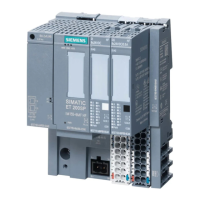
